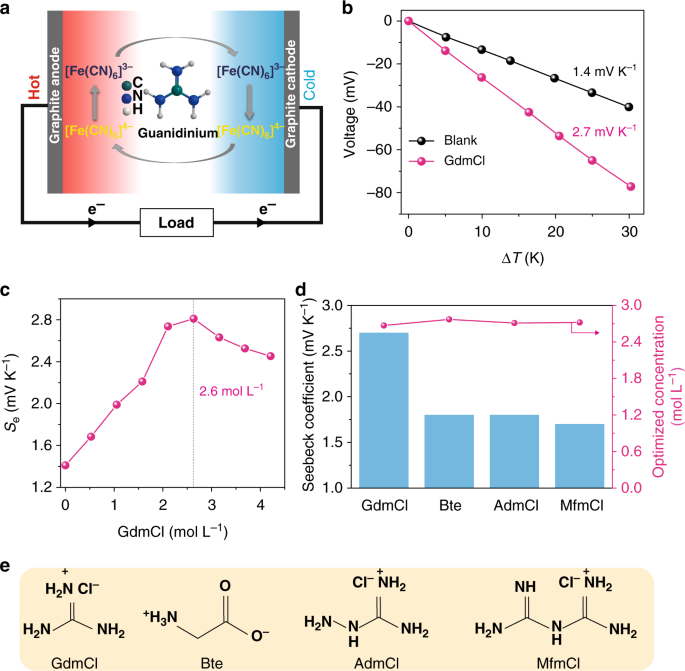svetz
Works in theory! Practice? That's something else
Le Châtelier's Principle states that the “favorability” of a reversible reaction is based on things like temperature. That is at some temperature a reversible reaction will proceed backwards (all rechargeable batteries use reversible reactions).
So, why not two cells, one hot and one cold? In one cell the reaction proceeds “forwards”, in the other cell it proceeds “backwards”. When they reach equilibrium for their temperatures (e.g., no more power available), you rotate the ambient cell into the hot area and vice-versa. Now the reaction will proceed again providing more power.
That is you never “charge” the battery, just switch which is "hot".
Ideally, the hot side could be solar supplied and the cold side ambient. Not sure if it’s possible, but ideally the “hot” cell reaction is exothermic – that is once you get the cell heated up you don’t have to put more energy into it.
Never heard of anything like this, but thought I’d toss it out there for discussion.
So, why not two cells, one hot and one cold? In one cell the reaction proceeds “forwards”, in the other cell it proceeds “backwards”. When they reach equilibrium for their temperatures (e.g., no more power available), you rotate the ambient cell into the hot area and vice-versa. Now the reaction will proceed again providing more power.
That is you never “charge” the battery, just switch which is "hot".
Ideally, the hot side could be solar supplied and the cold side ambient. Not sure if it’s possible, but ideally the “hot” cell reaction is exothermic – that is once you get the cell heated up you don’t have to put more energy into it.
Never heard of anything like this, but thought I’d toss it out there for discussion.



